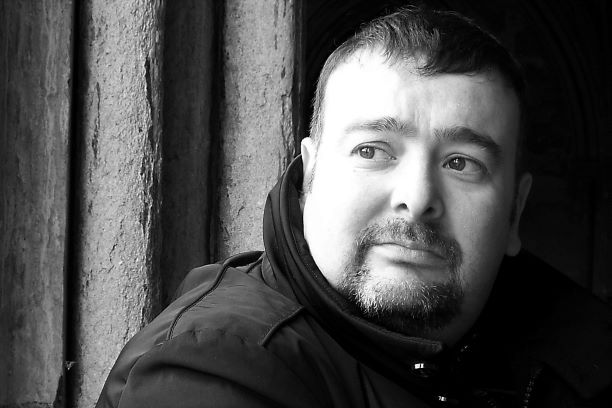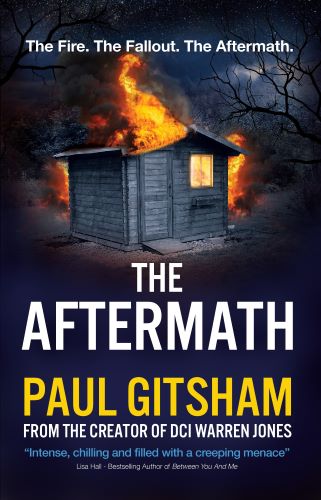If the glove fits… DNA and the modern crime novel
(Part 1)
Using DNA evidence in your story
But most notable for many was the way in which this case was one of the earliest, high-profile, uses of DNA fingerprinting. In fact much of the prosecution case rested on this evidence, and so was arguably fatally damaged when the defence placed enough reasonable doubt in jurors’ minds about the reliability of the DNA evidence for them to acquit.
Much has been written about the rights and wrongs of this case, and I’ve no intention of rehashing it here. The aim instead is to help writers consider the importance of DNA evidence in their stories, the narrative possibilities it opens, and to debunk a few myths.
Full disclosure – I am not a forensic scientist. However I am a former molecular biologist, who worked with DNA for many years in a research setting (non-crime related). In recent years, I have taught biology to secondary school pupils.
Quick introduction to DNA (feel free to skip if you are already confident)
As tempting as it is for me to waffle on for pages about my favourite molecule, DNA, as a crime writer all you need to know are the following basic facts:
All living organisms have a unique set of instructions that tell the cells making up their body how to build the proteins they require to build themselves and carry out the chemical reactions necessary to sustain life. These instructions are written as code using a chemical called DNA. It is often referred to as genetic material.
In humans, these instructions are carried in almost all of the cells that make up our body.
We inherit half of our instructions from each of our biological parents and will pass on half of our instructions to our own kids (our partner will contribute the missing half).
Because the half of our instructions that we pass on is random each time, the precise combination of instructions that an individual receives is a unique mixture of both parents DNA, so siblings with the same parents are still genetically unique (the only exception to this rule is identical twins – non-identical twins are no more similar than regular brothers and sisters.)
Individuals that are more closely related will have more similar DNA: full-siblings share more DNA than cousins or half-siblings etc (more about this next week).
You are unlikely to need to know more details than this for your crime novel, but if you want to learn more, BBC Learning have a terrific introduction https://www.bbc.co.uk/bitesize/guides/z3mbqhv/revision/3 .
What do we mean by DNA evidence?
Back in 1984, Professor Sir Alec Jeffries, working at the University of Leicester, discovered a method of comparing DNA samples to see if they came from the same or different individuals. He called this technique DNA fingerprinting. Over the following decades, the technique has been improved so that it is quicker, more accurate and requires smaller samples of material.
Humans leave their DNA wherever they go. At a crime scene they may leave obvious samples behind – eg blood or semen stains. However as the sensitivity of the technique has increased, the amount of biological material required has decreased. Those samples can now be too small to see with the naked eye.
But a CSI doesn’t need a person to leave something as obvious as body fluids behind. Here are some of the samples that they can extract DNA from.
Epithelial cells (skin cells). We all shed skin cells to a greater or lesser degree, wherever we go. There is sufficient DNA within those cells for analysis. If you touch a surface, you may not leave a clear enough fingerprint for matching – but you can still leave traces of your DNA behind.
Hair. Head and body hairs do not have any genetic material, so cannot be tested – but sometimes the follicle, the tiny skin structure that the hair grows out of, remains attached to the hair and these cells can be tested.
Saliva. The skin cells on the inside of your mouth are constantly being replaced. Some of these cells can be found in your saliva. If a suspect bites, kisses or licks a victim, they will leave some of these cells behind. If they bite into an apple, or smoke a cigarette, again they will leave something behind.
Former forensic technician Melissa Kreikemeier has written an excellent blog post about how good different body fluids are for extracting DNA from. Her blog is well worth a visit.
How trustworthy is a DNA match?
To put it bluntly, two good quality DNA samples can be matched with a probability measured in millions or billions to one. What this means is that the likelihood that two samples (perhaps one from a crime scene and one from a suspect) came from two different people, and just appear to have both come from the same person, is a billion-to-one chance.
Rarely these days would a barrister try to convince a jury otherwise.
So, slam-dunk right? No scope for a crime writer to credibly twist and turn the story and introduce any doubt? DNA evidence has killed the crime novel!
Not at all!
- It needs to be a good sample: If exposed to the elements or incorrectly stored by the police, DNA will degrade over time. As the quality of the sample declines, so does the probability that the match is real.
- It needs to be a pure sample from one individual: Until recently, if two people’s DNA was mixed together – eg a victim and a suspect both bled at the scene – then this was referred to as a mixed-profile. It was impossible to isolate one person’s sample, so it couldn’t be proven that the suspect was present. In recent years, advances have meant that this is no longer insurmountable, but it’s still early days.
- Contamination: As the volume of sample required for a DNA-profiling has decreased, so has the possibility of contamination. The white suits that CSIs wear, along with face masks, gloves, booties and hairnets don’t just protect the technician from icky stuff, they also protect the crime scene from them. CSIs shed DNA like anyone else – as does your detective, so think about whether they would be bumbling about a scene with no protection. Perhaps more importantly, this means suspect and victim DNA can also be transferred from one scene to another. CSIs/Detectives shouldn’t move between crime scenes or between the scene and interviewing a suspect without disposing of their protective equipment first. Without proper care, a victims DNA could easily end up on an innocent suspect or vice versa, establishing a forensic link where none actually exists. Cases have been thrown out when both the victim and the suspect were transported (separately) in the same vehicle. Could this be a plot point?
- Chain of evidence: All evidence from a crime scene must be logged. Sample bags must be sealed and dated. If the bag is opened, it needs to be resealed, initialled and dated again after use. Failure to follow this procedure can and does result in evidence being deemed inadmissible, because it can’t be trusted by the court. How could you use this? A way to get you out of a bind when a case is ‘too easy’ to solve to make a good story? Perhaps corrupt officers deliberately plant evidence at a crime scene?
The possibilities as a writer are endless, and if you think they seem implausible, OJ Simpson’s defence team used three of these scenarios to cast doubt on the DNA evidence used at his trial.
Next week, I will look into some more ways that DNA evidence can be used in an investigation and ways in which you can incorporate it into your story.
As always, please feel free to chip in your own thoughts either here or on social media.
Take care,
Paul




















